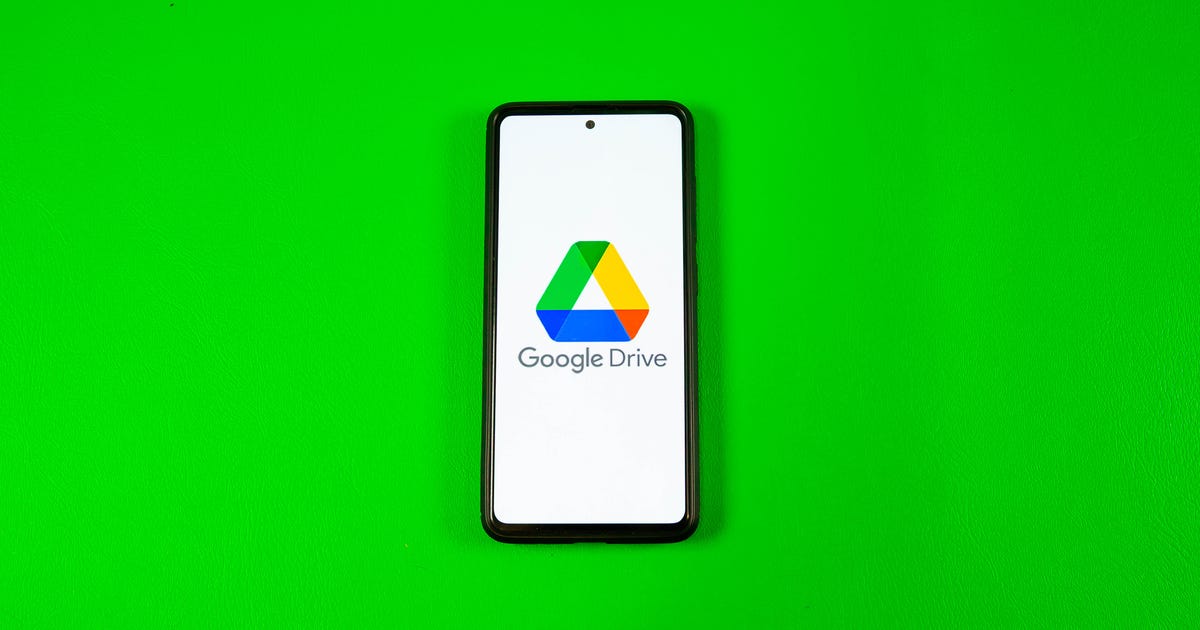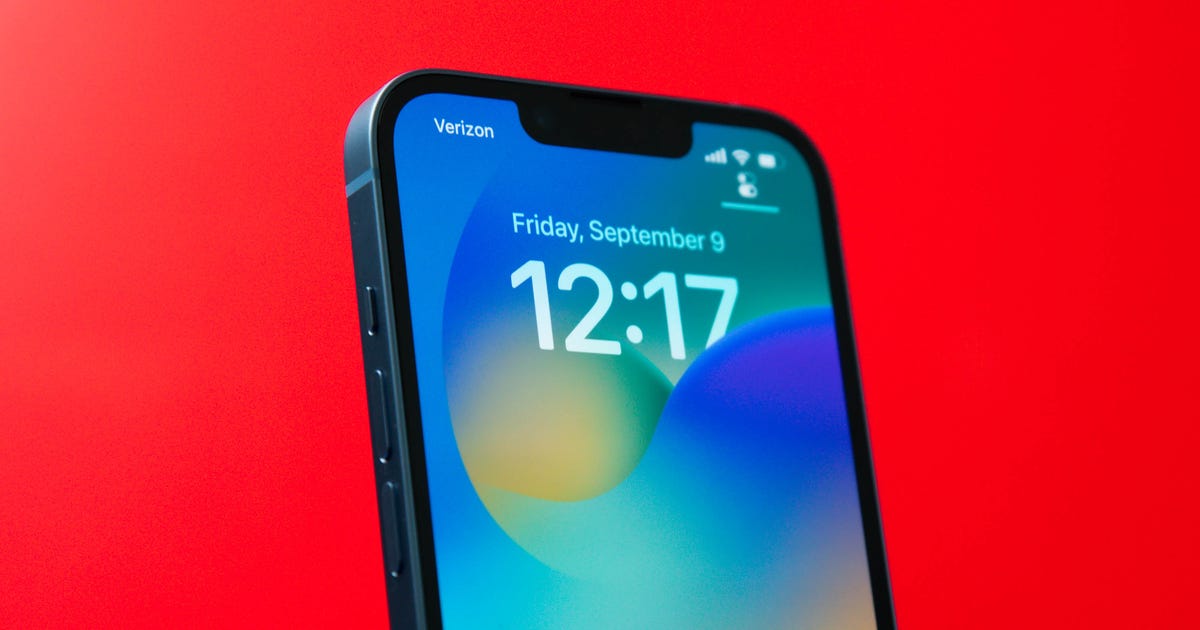
CNET
Apple’s iOS 8.4 is already on 41 percent of all iOS devices just one week after its debut.
Tracking the use of Apple’s mobile OS based on customer data, researcher Mixpanel found a huge jump in iOS 8.4 adoption since its debut on Tuesday, June 30. Starting at 3.5 percent, the update jumped to 12.2 percent the next day and 32.8 percent on July 5, en route to 41.2 percent on July 8.
What’s causing so many iOS users to upgrade to 8.4 so quickly? The update introduced a few improvements to iBooks, among other changes. But the major addition is Apple Music, the first subscription-based music-streaming service for the iPhone maker. The stats don’t necessarily mean that 40 percent of iOS users have signed up for Apple Music, but the numbers are at least promising.
Music streaming has become a popular way for people to listen to tunes. Apple will be competing against services such as Spotify, which has 15 million paid subscribers, along with other contenders including Rdio and Jay Z-backed Tidal. Apple counts around 800 million users of its iTunes service, a huge audience to try to entice to subscribe to Apple Music.
And even if Apple Music doesn’t bring in a significant chunk of sales on its own — analyst Gene Munster sees less than a 1 percent contribution to overall revenues — the music service is a key way to lure more users to the Apple ecosystem. By offering a music-streaming service for iOS devices, Apple aims to sell more iPhones and iPads. Selling more iPhones and iPads means more users to buy content from iTunes as well as other Apple products and services.
Free for the first three months, Apple Music costs $10 per month for an individual plan and $15 for a shared family play. It offers streaming music with playlists curated by “music experts,” a 24/7 radio station called Beats 1 and a social feature called Connect that puts together musicians and their fans.
Mixpanel’s data is based on the firm’s analysis of mobile app usage, so it covers a hefty number of users.
“We get data from users using our customers’ apps and heavily anonymize it,” a company spokesperson explained to CNET. “We work with thousands of apps and that means tens [of millions] to hundreds of millions of users across all kinds of devices.”
(Via 9to5Mac)




